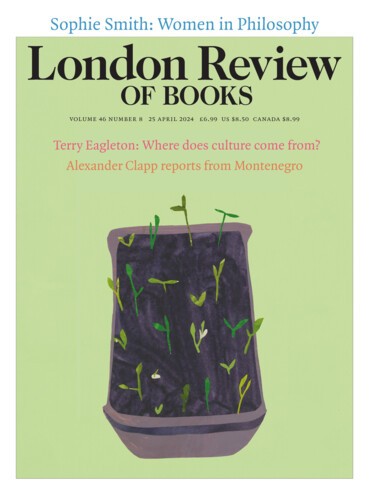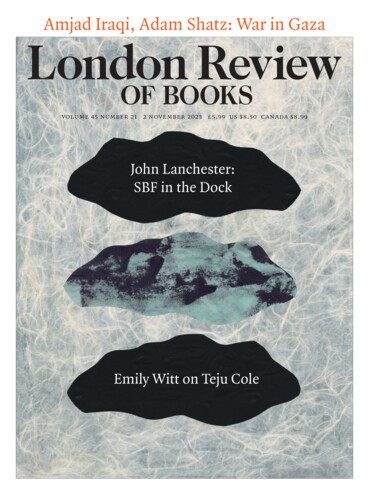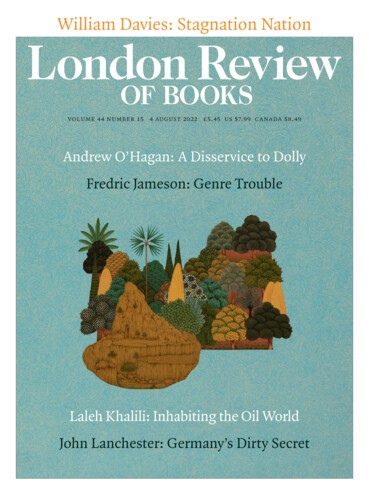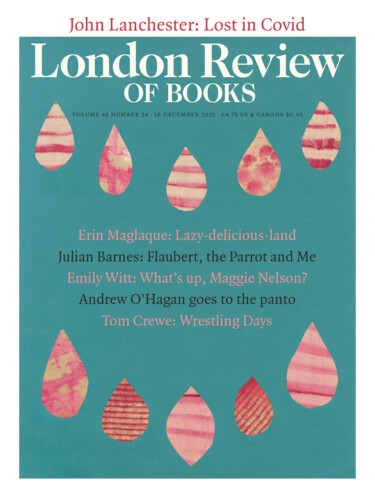Diary: Three Genocides
Eyal Weizman, 25 April 2024
On 11 January, at the International Court of Justice in The Hague, South Africa argued that Israel’s actions in Gaza have been ‘genocidal in character’, since ‘they are intended to bring about the destruction of a substantial part of the Palestinian national, racial and ethnic group.’ Lawyers cited the killing of 23,000 Palestinians (the number is now more...





